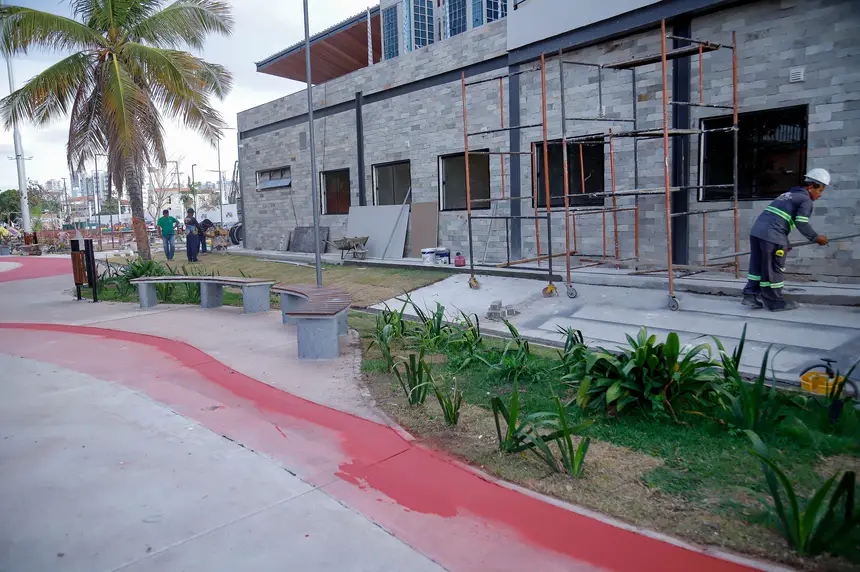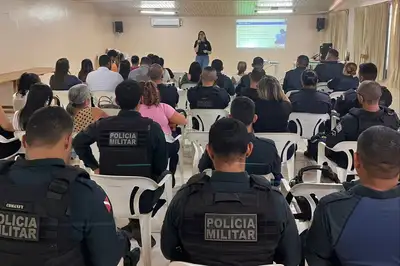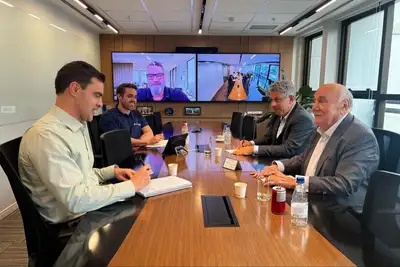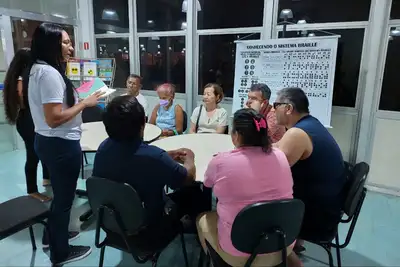Artran prepares transfer of operations from Ver-o-Peso to the Tamandaré Hydroviary Terminal
The new structure will concentrate shipments to Barcarena and modernize waterway mobility in Belém, as a legacy of COP30
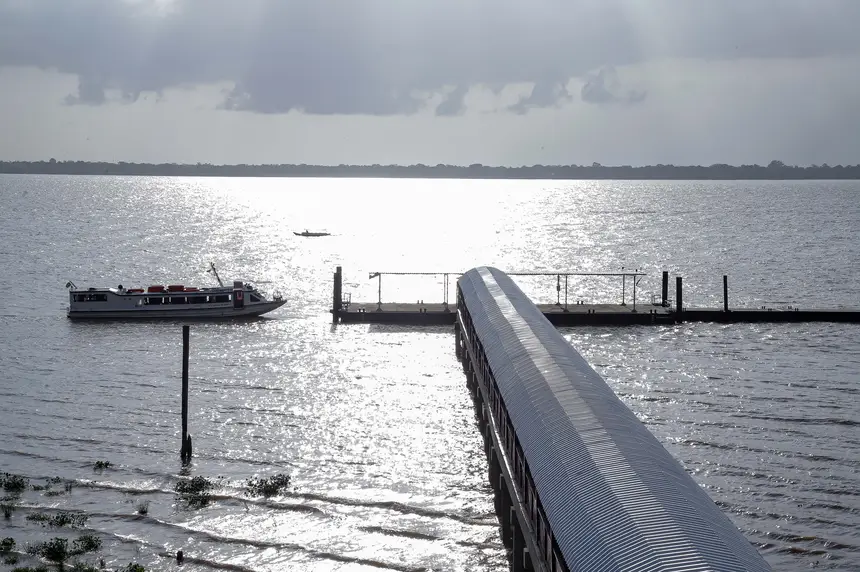
The Pará Public Transport Regulation and Control Agency (Artran) coordinates the transition of waterway transport operations from the Ver-o-Peso ports to the new Tamandaré Hydroviary Terminal, located in the Cidade Velha neighborhood of Belém. The space, which will be managed by the Pará Ports and Waterways Company (CPH), will begin operations next Tuesday (4) and will modernize the boarding and disembarking of passengers, ensuring more comfort and safety, especially during the United Nations Climate Change Conference (COP30).
The general director of Artran, Luciano Dias, emphasizes that the change is being made with a focus on the user. According to him, "our role is to ensure that each step of this change is carried out with attention to the passenger. It is not just about changing locations, but about providing a safer, more comfortable, and integrated travel experience with the city's transport."
To ensure the success of the migration, representatives from the Waterway Transport Coordination (CTA) of the Agency conduct regular technical visits to the works to monitor the progress of actions and align operational adjustments. "We are working to ensure that companies, operators, and users have predictability and can adapt without losses, especially at a strategic moment like COP30," informs Waldemar Frazão, coordinator of Waterway Transport.
Vinícius Nascimento, Transport Regulation analyst at Artran, states that the goal is to ensure an organized transition. "The new space will offer more comfort and efficiency for the population traveling from the capital to Barcarena/Sede and Barcarena/São Francisco. Considering that each vessel will have a docking schedule of about two hours, the forecast is for a flow of 45 to 50 vessels per day," says the analyst.
In addition to monitoring the works, Artran is coordinating logistical adjustments, such as integration with the road transport system. The proposal is to review bus routes to facilitate passenger movement to the Terminal and ensure access to the commercial areas of Ver-o-Peso and the historic center of Belém.
Modernity and sustainability - With 97% of the services completed, the Tamandaré Hydroviary Terminal is one of the main infrastructure projects aimed at COP30. With a state investment of around R$ 22.9 million, the structure will have 1,300 m², distributed over two floors, a lookout, a covered boarding and disembarking area, a restaurant, 12 administrative rooms, a solar energy system, monitoring cameras, and capacity to serve about 500 passengers per day.

The foundations, blocks, and pillars have already been completed, along with the delivery of three floating platforms, a metal ramp, and a walkway. The Terminal is in the finishing phase, with the application of grout, glass, painting, and interlocking, as well as cleaning and installation of furniture. The operation of the Terminal is yet another legacy of COP30, which will leave a new model of waterway mobility for Belém.


